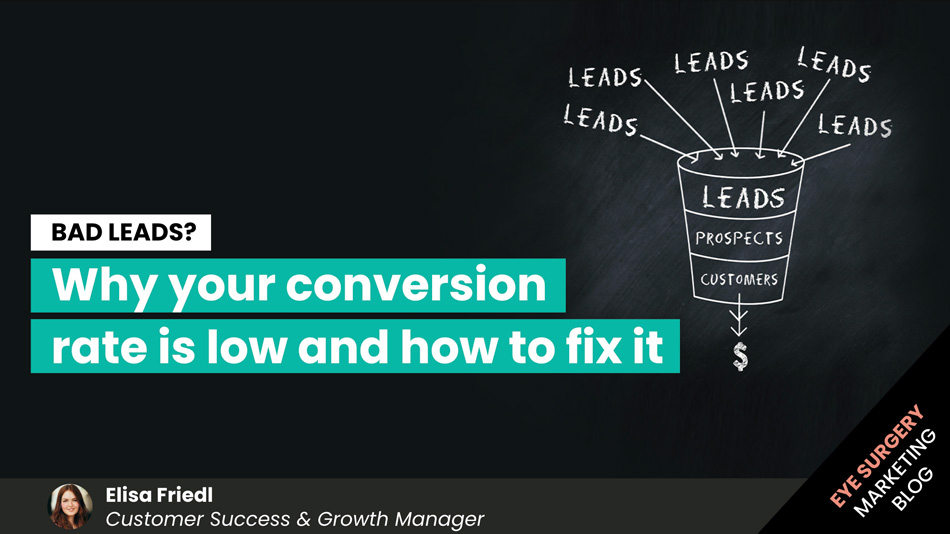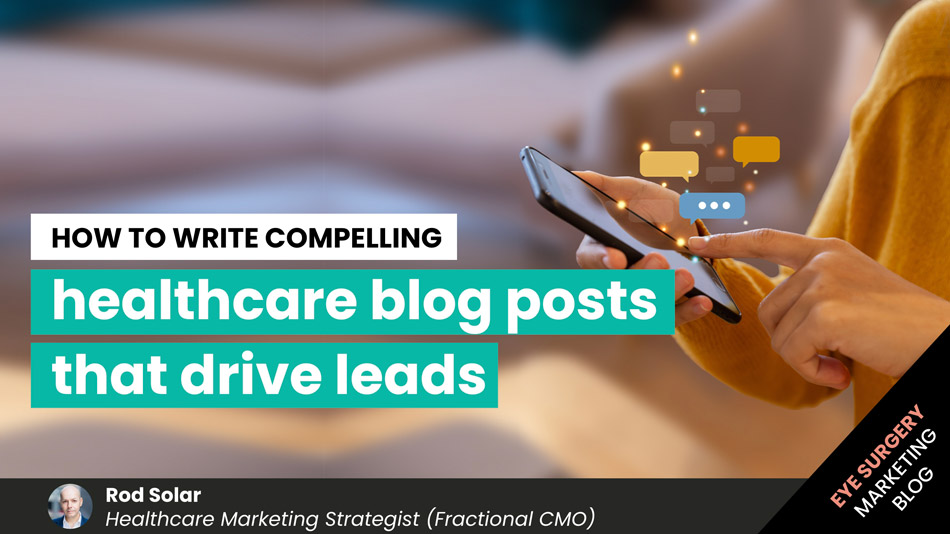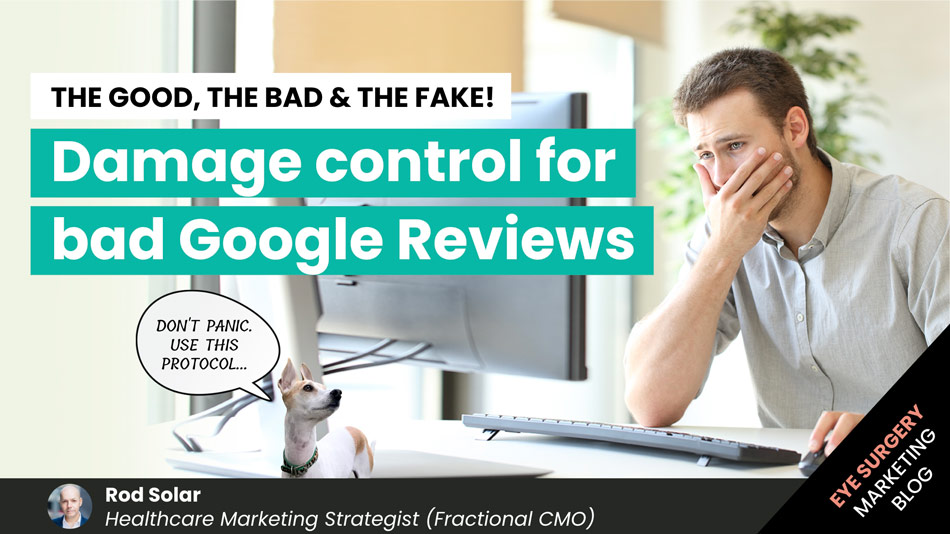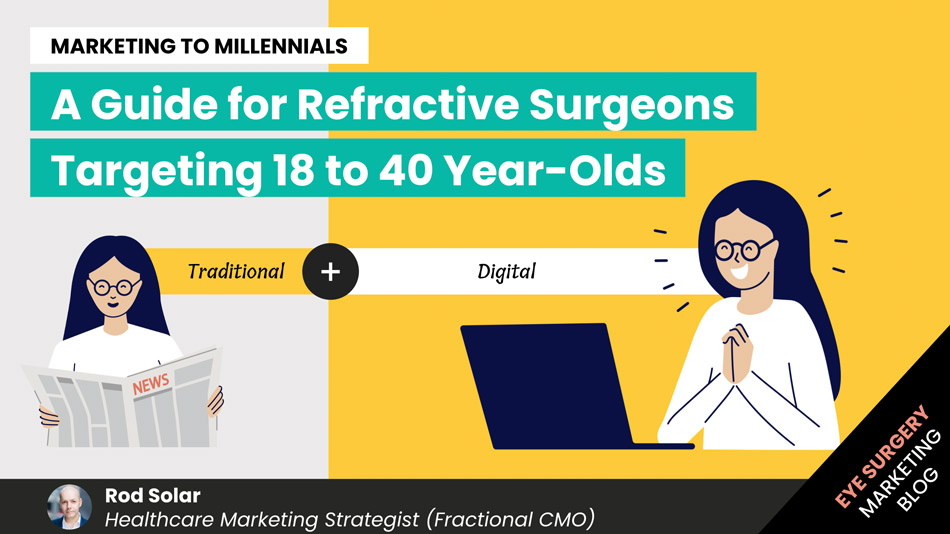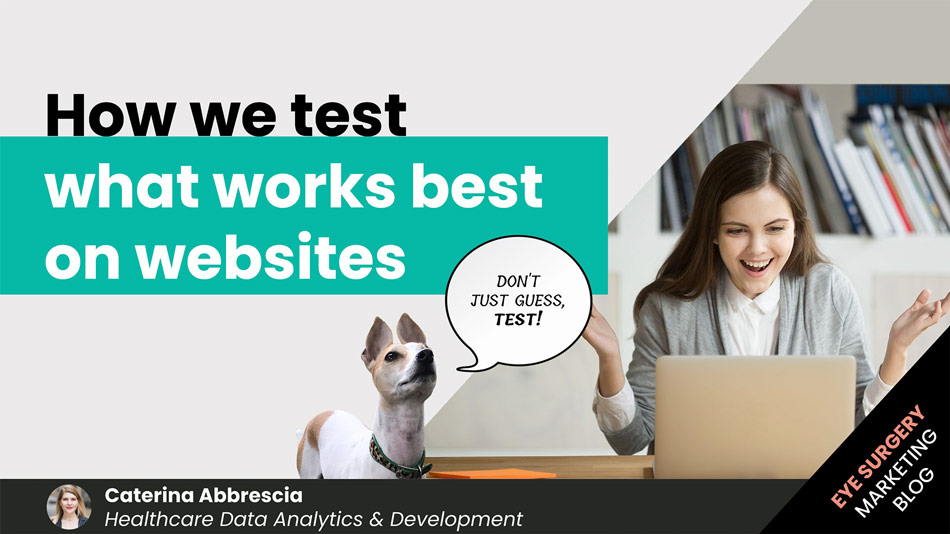
Don’t just guess, TEST – how we test what works with conversion rate optimisation
What is the truth? How do we know what is real versus what we imagine to be real? Is science just another opinion?
We’ve been in the throes of this argument since Galileo first used a refracting telescope to make important astronomical discoveries.
What attracted me most to the practice of marketing wasn’t the catchy slogans or the enticing imagery. I love marketing because the scientific method serves as a foundation for doing the right things right.
Marketing has come a long way. Today we have all the data we could ever need.
Yet, analytics isn’t enough.
Analytics will tell you WHAT’S happening. Testing will tell you WHY it’s happening.
The combination of analytics and testing is what gives you the ability to improve conversions rates.
Not only is testing a beautiful expression of the scientific method in marketing, but it can also be one of the most powerful actions you take.
Conversion Rate Optimisation can be the 20% of effort that produces 80% of results.
That’s why you must analyse, test and optimise regularly.
At LiveseySolar, we believe in analytics and testing so much that we’ve created a role for it, which I now occupy. In this post, I’ll explain
- What testing is
- Why you should test, and
- How you can start testing.
What is testing?
Testing is a vital element in any optimisation process.
When you perform surgery, you follow prescribed steps to get the expected results. We call that best practice.
Best practices are procedures that the professional community accepts and prescribes as correct or most effective.
- In the most simplified ophthalmic practice journey, you first make observations by measuring the patient’s eye – its size and its power.
- Implicit in the journey is the question: “Why can’t the patient see clearly without glasses or contact lenses?”
- You then form a hypothesis: “Maybe the patient’s cornea is misshapen.”
- Then, you make a prediction: “If I reshape this patient’s cornea with a laser, then they will see clearly without glasses or contact lenses”.
- To test the prediction, you perform laser vision correction on your patient.
- Finally, you iterate. You improve your best practice procedures over time to get more predictable and reliable results by tracking your results.
The practice of scientific marketing works precisely the same way.
First, like an experienced eye surgeon, your marketer should also be steeped in best practice. They should know how to practice what the professional community accepts and prescribes as correct or most effective.
However, just like a veteran surgeon who has been refining her technique for over 20 years, your expert marketer should similarly have honed their practice over a similar timeframe. That way, they refine what’s in the textbook and layer on decades of experiential learning to deliver the result they expect.
Here is an example when considering a website’s performance:
- First, you make observations by measuring the conversion rate of the pricing page – or how many people book an appointment from that page.
- You ask the question: “Why aren’t more people converting?”
- You then form a hypothesis: “Maybe the prices on the page are deterring people from converting.”
- Then, you make a prediction: “If I break down the price points into monthly instalment prices, more people will convert”.
- To test the prediction, you create an alternative page displaying monthly prices.
- Finally, you iterate. You improve your best practices procedures over time to get more predictable and reliable results by tracking your results.
If your test findings support your hypothesis (i.e. displaying monthly prices increased conversions), you might do additional tests to confirm it or revise it to be more specific.
If the findings don’t support the hypothesis, we’d need to develop a different hypothesis. For instance, maybe it’s not the format of the prices, but how much value we expose in the page’s content messaging.
It’s an iterative process. The result of one test becomes feedback that improves the next round of question-asking.
What happens if you don’t test?
Unfortunately, this is where many marketers, and by association their clients, fail to improve results.
They don’t test their ideas.
Tell me if this sounds familiar:
You want to improve something on your website. You guess what the problem might be. You ask your developer to make changes.
So far, so good, right?
Then, your developer will dutifully implement the changes you request ( and often, it’s several changes simultaneously).
You both hope more people will enquire as a result of your changes. Sometimes they do, and sometimes they don’t.
Here’s the problem:
There are many reasons why your numbers might change – here are just but a few examples:
- Political changes (hello, lockdowns!)
- Economic factors
- Social factors
- Legal factors
- Environmental factors
- Seasonal factors
- Competitive factors
And these are just the confounding variables that are not in your control!
Now throw in
- Pricing factors
- Offer factors
- Audience factors
- All of the minor changes you made on the page (e.g. writing, imagery, loading speed, order, etc.)
Now imagine the combined effects of these confounding variables!
Implementing changes without controlling for confounding variables is dangerous. Arriving at conclusions without measuring and analysing the data before and after the difference is like continuously iterating your laser eye surgery procedures without evaluating your results.
That is why you need data to support or refute your hypothesis. You get that data by running tests and comparing your results, apples to apples.
It doesn’t stop with one test.
“In 2011, Google ran more than 7,000 A/B tests, whereas most companies only run 5 or fewer tests per month. Companies should be analyzing data and conducting tests regularly to boost conversion rates, yet, far too many simply don’t.”1https://www.dynamicyield.com/article/why-businesses-arent-happy-with-cro-results/
If you want to improve a metric, you need to know how to optimise your marketing efforts – making small tweaks that can turn 1% returns into 10% or even higher returns.
The process of continuously optimising what you already have to get more users to take the desired action is called Conversion Rate Optimisation (CRO).
(NOTE: Want to see how your practice marketing measures up against the best in class? Take this 5-minute quiz to see how you stack up in the 9 areas of practice marketing and get specific tips and advice on how you can improve your weak points and better leverage your strengths).
What is CRO?
“Conversion Rate Optimization (CRO) is the process for increasing the number of people who convert on your site.” DigitalMarketer2https://www.digitalmarketer.com/
The goal of CRO is not to get more traffic but to optimise your existing marketing assets to increase conversion rates of those website visitors you ALREADY HAVE.
Furthermore, you can use CRO principles to optimise everything you do, including
- Ads
- Search engine titles and descriptions
- Videos
- Blog posts
- Self-tests
- Emails
- Phone calls
- First appointments
- Post-operative appointments
What is a conversion?
Returning to the marketing context, a conversion is the user’s intended action after visiting a webpage. It can be anything you want.
On a healthcare website, a commonly desired conversion is a successful initial appointment booking, making a phone call, completing a lead magnet, etc.
It can also be other metrics that people tend to care less about but can be educational (e.g. average time on page, bounce rate, pages/session).
In any case, you should measure conversions that relate to and support your overall business goal.
CRO is a continuous and iterative process
It is essential to understand that Conversion Rate Optimisation is a constant, iterative process that should never stop – there is always room for improvement and growth.
Time marches on, and with it, user behaviour and technology constantly change. Regular, iterative testing ensures that you are constantly reacting to changes.
Not everything is test-worthy
While testing and continuous optimisation are great, you need to make sure that you spend your effort in the right places.
Don’t spend time on pages that don’t support your business goal (low traffic pages, 404 pages, Thank-you pages, etc.)
Now that you understand what Conversion Rate Optimisation (CRO) is, where can you start?
What is the CRO process, and where do I begin?
DigitalMarketer offers a helpful and understandable CRO process that anyone can apply. We’ve used it for our clients with great success.
It works!
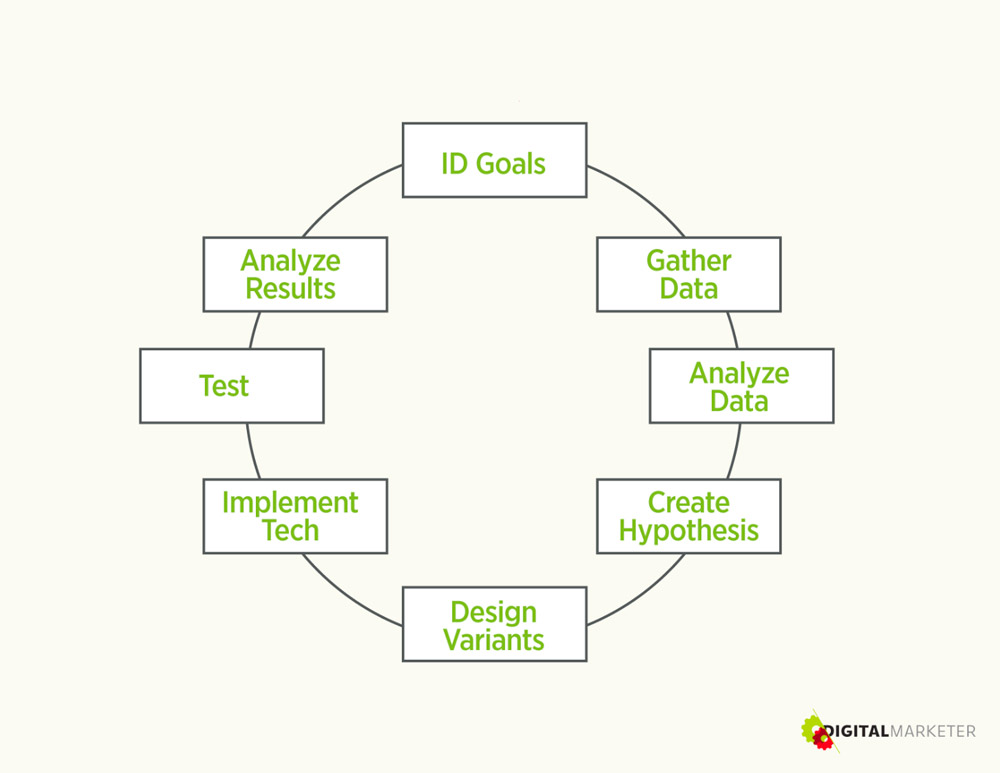
Source: DigitalMarketer
Identify goals
First, you must set clear goals. You cannot optimise and test without clear metrics and KPIs in mind. Identifying the correct measurable KPIs (and ideally, knowing some benchmarks to compare them to so you can see if you’re underperforming against a standard) is a prerequisite to the CRO process.
Gather data
This is where analytics comes in.
Once you know your goals and KPIs, you need to gather data to understand your current situation. You then can identify the gap between where you are and where you want to be. Without base data, you can’t analyse your findings from test data.
When gathering data, write down the actual number, the number you are aiming for and user data (qualitative data3Qualitative data: This is the numerical data such as your analytics reports, CRM data Quantitative data: This is the non-numerical data such as click tracking, eye tracking, usability tests, surveys, customer care inquiries, sales questions, etc… https://www.digitalmarketer.com/).
Important: Do not ASSUME! Let the data tell you what works and what doesn’t. Data is king.
Analyse data
When you have your data, critically analyse it and ask yourself questions such as:
- What is my current conversion rate for X? (Conversion Rate=(Conversions/Total Visitors)*100
- What could be hindering the conversion rate?
Create a hypothesis
Based on your findings in the previous step; you now can develop a hypothesis. To create a hypothesis, make a specific guess that includes
- The change or approach you plan to test.
- Who you’re targeting with this change.
- The outcome you expect to see.4https://www.digitalmarketer.com/digital-marketing/conversion-rate-optimization/
When creating your hypothesis, make sure you are as specific as possible to compare before and after results.
Design variants
The next step is to create different variations of what you want to test.
Those variants can be minor or significant changes. They can range from changing the colour of a button to changing the copy of a headline. They can include changing the order of the elements on your page.
Keep in mind the more variants you have and the less traffic you get to the page you want to test, the longer it takes until you get statistically significant results.
So, my advice is to start with ONE variant on a highly trafficked page.
Implement the tech
Identify and implement the necessary tech to run your test and measure your conversion differences.
Depending on the type of tests you run (e.g. A/B, multivariate), you will need different tools. So, you must research any technology you may need before making changes.
Google Analytics and Google Optimize are good tools to start – and they are free.
Test
Now, you run the test. Schedule the test to run long enough so that you get statistically significant results (read how to calculate your test duration).
Pro tip: Create a specific calendar for your optimisation projects so that you know when each test starts and ends.
Analyse Results
Once the test finishes, you can analyse your results.
- Has your conversion rate changed?
- Does one of the variations win?
- Did your hypothesis turn out to be wrong?
- Why?
Based on this, make an educated choice on what changes you will implement.
Once you complete one test sequence, start the process again. There is always room for improvement.
Of course, if you’d instead leave this to experts like us, let us know, and we can help you!
Remember, Conversion Rate Optimisation follows the same principles as any iterative process improvement plan (e.g. improving vision correction results).
While analytics can tell you what’s happening, testing can tell you WHY it’s happening.
Conversion Rate Optimisation aims to continuously and iteratively tweak what you do to improve to get better results.
Small changes can make a massive impact on the overall outcome. These results can have a significant effect on your business goals.
About the author

Caterina Abbrescia
Web Developer
Caterina is a LiveseySolar web developer. She works closely with the entire team – taking everything that we create – whether it’s written copy, images or videos and puts it all together on the web. Her daily focus is on creating web assets – whether that’s a website, lead magnets, or emails – and making them come to life online to help our customers get more traffic and conversions.
Related Posts
Meet our Founders

Rod Solar
Founder & Scalable Business Advisor
Rod co-founded LiveseySolar and acts as a Fractional CMO and Scalable Business Advisor for our customers. He’s on a mission to help transform the lives of 10,000 people with vision correction surgery by 2024. To achieve that, he inspires his customers to make confident decisions that will help 50,000 people take the first step towards vision correction.
LiveseySolar completely transformed the way we were approaching this… We’ve gone from having just the dream of having a practice to having a practice up and running with people making inquiries and booking for procedures… It’s extremely pleasing. We feel lucky we connected with LiveseySolar.
— Dr Matthew Russell, MBChB, FRANZCO, specialist ophthalmic surgeon and founder of VSON and OKKO

Laura Livesey
Founder & CEO
Laura Livesey is the co-founder & CEO of LiveseySolar. She has developed powerful refractive surgery marketing systems that increase patient volumes and profits for doctors, clinics, and hospitals, since 1997.
Rod and Laura know as much about marketing surgery to patients as I know about performing it. They are an expert in the field of laser eye surgery marketing. They know this industry inside out. I believe that they could help many companies in a variety of areas including marketing materials, sales training and marketing support for doctors.
— Prof. Dan Reinstein, MD MA FRSC DABO, founder of the London Vision Clinic, UK






